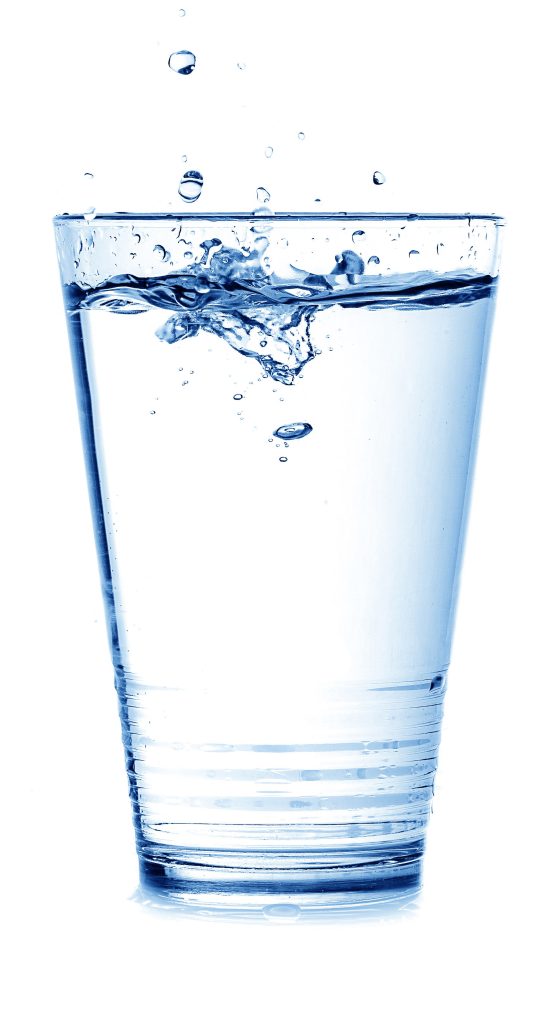Introduction
Chlorine, a potent chemical widely used in water treatment and disinfection processes, plays a crucial role in safeguarding public health by eliminating harmful pathogens and bacteria. It effectively eradicates waterborne diseases and ensures access to safe drinking water. However, the presence of residual chlorine, albeit essential for water quality maintenance, poses potential hazards and risks to human health and the environment.
In this article, we will delve into the hazards of residual chlorine, exploring its adverse effects on human health and its impact on the ecosystem. We will also examine the existing regulatory measures and mitigation strategies aimed at minimizing the risks associated with chlorine residuals.
Understanding Residual Chlorine
Residual chlorine refers to the concentration of chlorine that remains in water after the disinfection process. When chlorine is added to water, it reacts with organic matter, pathogens, and other contaminants, neutralizing their harmful effects. A small amount of chlorine, known as free chlorine, remains in the water to ensure continued disinfection as the water travels through distribution systems to consumers.
Hazards of Residual Chlorine to Human Health
Irritation of Eyes, Skin, and Respiratory System: Exposure to residual chlorine in water, especially in swimming pools or poorly treated drinking water, can lead to eye irritation, skin rashes, and respiratory issues. Chlorine gas released during the water treatment process can also irritate the respiratory system if inhaled in high concentrations.
Formation of Disinfection By-Products (DBPs): When chlorine reacts with organic matter in water, it can form harmful disinfection by-products (DBPs) such as trihalomethanes (THMs) and haloacetic acids (HAAs). These DBPs have been associated with various health risks, including an increased risk of cancer and reproductive issues.

Asthma and Respiratory Problems: Studies have suggested a link between exposure to chlorinated water, particularly through inhalation in swimming pools, and the development of asthma and respiratory problems, especially in children.
Gastrointestinal Distress: Drinking water with high levels of residual chlorine may cause gastrointestinal discomfort, including nausea, vomiting, and diarrhea.
Chemical Sensitivities: Some individuals may be more sensitive to chlorine and its by-products, experiencing adverse reactions even at lower concentrations.
Environmental Hazards of Residual Chlorine
Toxicity to Aquatic Life: Residual chlorine discharged into natural water bodies can be highly toxic to aquatic organisms. It can disrupt the delicate aquatic ecosystems, leading to fish kills and harming other aquatic species.
Formation of Chlorinated Organic Compounds: When chlorine interacts with organic matter in water, it can produce chlorinated organic compounds that are persistent in the environment and can contribute to water pollution.
Contamination of Soil and Groundwater: Improper disposal or accidental spills of chlorine-containing wastewater can lead to soil and groundwater contamination, affecting plant growth and potentially entering the food chain.
Regulatory Measures and Guidelines
Recognizing the potential hazards of residual chlorine, various regulatory bodies and organizations have set guidelines and standards to ensure safe chlorine levels in drinking water and treated wastewater discharges. In the United States, the Environmental Protection Agency (EPA) regulates chlorine and chlorine by-products in drinking water through the Safe Drinking Water Act.
Similarly, the World Health Organization (WHO) and other international agencies have established guidelines for chlorine residuals in drinking water to safeguard public health on a global scale. These guidelines aim to strike a balance between effective disinfection and minimizing health risks.
Mitigation Strategies
To mitigate the hazards of residual chlorine, several strategies can be employed:
Alternative Disinfection Methods: Research and development of alternative disinfection methods, such as ultraviolet (UV) disinfection, ozone treatment, and advanced oxidation processes, are ongoing to minimize the use of chlorine or its by-products in water treatment.
Chlorine Removal Techniques: Implementing chlorine removal techniques at the end of the water treatment process can help reduce residual chlorine levels before the water is distributed to consumers.
Monitoring and Control: Regular monitoring of chlorine levels throughout the distribution system can help identify potential hazards and allow for timely corrective measures.
Public Awareness and Education: Increasing public awareness about the hazards of residual chlorine can encourage individuals to take precautions, such as using water filters or letting tap water stand before use to allow chlorine to dissipate.
